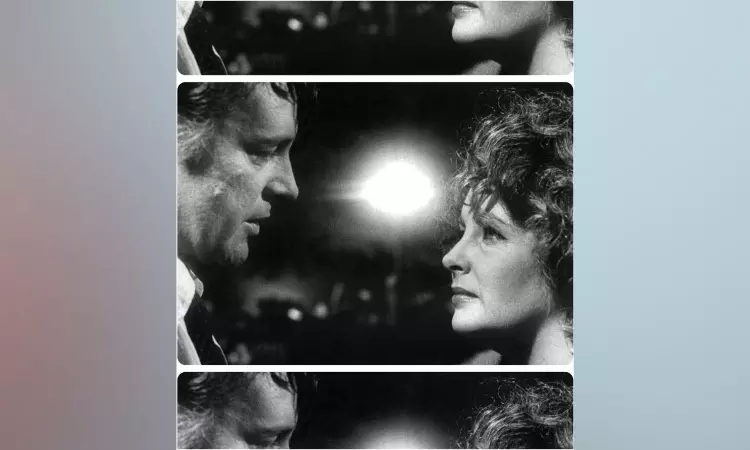Celluloid Spin: Filming Virginia Woolf: The battles weren’t just onscreen
From beyond the grave, in a production journal titled “Fun and Games With George and Martha” housed at the Harry Ransom Center, Lehman dishes on working with Mike Nichols.

ALEXANDRA JACOBS
NEW YORK: What a document dump! The most delicious parts of “Cocktails With George and Martha,” Philip Gefter’s unapologetically obsessive new book about “Who’s Afraid of Virginia Woolf?” — the dark ’n’ stormy, oft-revived 1962 Broadway hit by Edward Albee that became a moneymaking movie and an eternal marriage meme — are diary excerpts from the screenwriter Ernest Lehman. (Gefter calls the diary “unpublished,” but at least some of it surfaced in the turn-of-the-millennium magazine Talk, now hard to find.)
That Lehman is no longer a household name, if he ever was, is one of showbiz history’s many injustices. Before the thankless task of condensing Albee’s three-hour play for the big screen (on top of producing), he wrote the scripts for “North by Northwest” (1959), arguably Hitchcock’s greatest, and with some help, “Sweet Smell of Success” (1957). The latter was based on his experience copywriting for a press agent, which inspired a novelette in Cosmopolitan called “Tell Me About It Tomorrow!” (Will someone please bring back the novelette?)
From beyond the grave, in a production journal titled “Fun and Games With George and Martha” housed at the Harry Ransom Center, Lehman dishes on working with Mike Nichols, the then-darling of New York intellectuals hired to direct his first Hollywood film, starring his famous, furiously canoodling friends Elizabeth Taylor and Richard Burton.
But first “Cocktails With George and Martha” fans out like a deck of cards the back story of the play, which initially featured Uta Hagen as Martha, the delulu grown daughter of a New England college president, and Arthur Hill as George, her husband, an associate history professor whose career has stalled. (Yes, they are named for the first first couple of America.) A younger married pair named Nick and Honey come over for the world’s longest and most hellacious nightcap.
Steeped in alcohol and analysis themselves, sophisticated audiences thrilled to the play’s voyeurism and vulgar language, even as the Pulitzer Prize committee got prudish, suspending the drama prize the year “Woolf” was eligible. Gefter describes how another playwright, probably jealous of the box-office returns, accused Albee rather homophobically of “neuroticism” and “nihilism” in The New York Times. “If the theater must bring us only what we can immediately apprehend or comfortably relate to,” Albee responded in one of cultural journalism’s best mic drops, “let us stop going to the theater entirely. Let us play patty-cake with one another or sit in our rooms and contemplate our paunchy middles.”
Casting Liz and Dick, then the world’s biggest celebrity couple, in the movie — after Jack Warner had promised Albee that Bette Davis and James Mason would do it — also came with risk (and paunchy middles; the glamorous Taylor was instructed to gain 20 pounds).
While Burton’s delicious diaries barely mention the production, much of its agita is familiar from Mark Harris’s recent and thorough biography of Nichols. But Gefter pulls in for a tighter focus. He’s not quite the “phrasemaker” that Martha calls George — locutions like “garnering his own notoriety” and “actual lived behavior” mush up an otherwise tight book, as does a scattered epilogue on other marriage movies. But he does, as George puts it, get to the marrow: of male ego, rushing into new projects with hubris and jostling for posterity.



